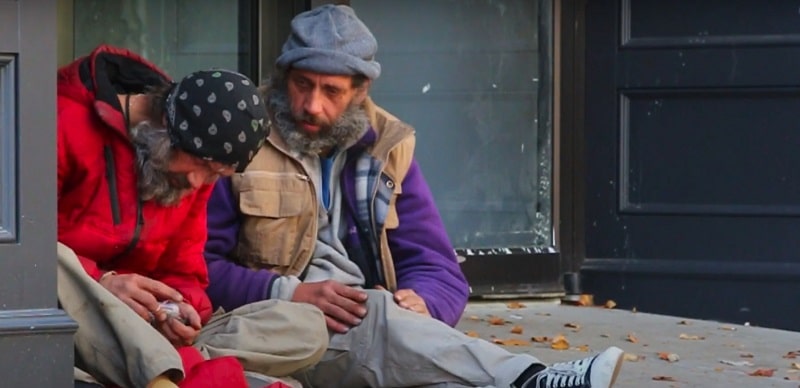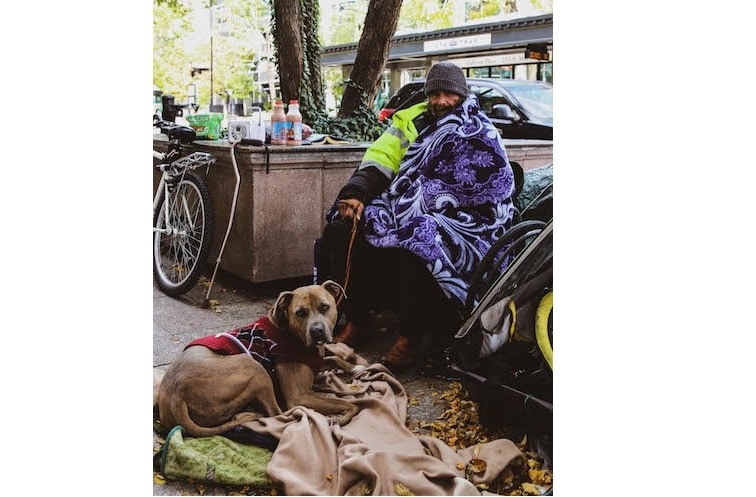
The homeless in Salt Lake City has always been on the periphery, but today they are camping right on Main Street impacting local business operations and causing blight, especially the area formerly occupied by Sam Weller’s Zion Bookstore. Utah Stories wrote in a previous article about the hardship of business owner Omar Mullahkhel, who has operated the Market on Main convenience store for the past 35 years. Recently the homeless have been allowed to use and deal drugs and camp on the street. They frequently defecate on the street in front of his business as well as other area businesses such as Cheers to You and the Raman House.
Should the homeless population be allowed to camp on the street? Should they be allowed to use drugs in front of shops? This is a national legal problem dozens of cities are currently attempting to combat. What is the best solution?
Since 2017 Salt Lake City along with Salt Lake County and Utah State authorities has invested over $250 million in several programs designed to alleviate the problems. First Operation Rio Grande required $68 million in State, County and City tax dollars to restore law and order to downtown Salt Lake City. This operation was concluded with the decision to demolish the Road Home, formerly located in downtown Salt Lake City to be replaced with homeless resource centers; permanent assisted housing, and treatment centers.
But the question we would like to answer in an ongoing Utah Stories investigation is: What has been the return on investment into these facilities and programs? Is this money being invested in solving the root problems of homelessness–or even attempting to solve or ameliorate the root problems such as alcohol and drug abuse as well as psychological disorders? And are these investments making a difference?
As we have witnessed from larger cities such as Seattle, Los Angeles, Portland and Denver — when homeless assistance programs go unchecked, these programs themselves become means by which the homeless remain classified as such in order for the cities to justify endless amounts of spending to justify their own budgets, salaries and positions. Is the sort of homeless machine, something someone recently described to us as “a homeless industrial complex” building and growing in Salt Lake City?
Utah Stories would like to conduct an investigation to determine if these programs are paying off, and how the city and state leaders are measuring the effectiveness of these investments, we would like to also invest significant time and resources to audit where all of this money is going to and how it’s being spent.
You can help us with this series by contributing to this investigation. Every dollar spent will go into time spent researching, and producing this ongoing series.







